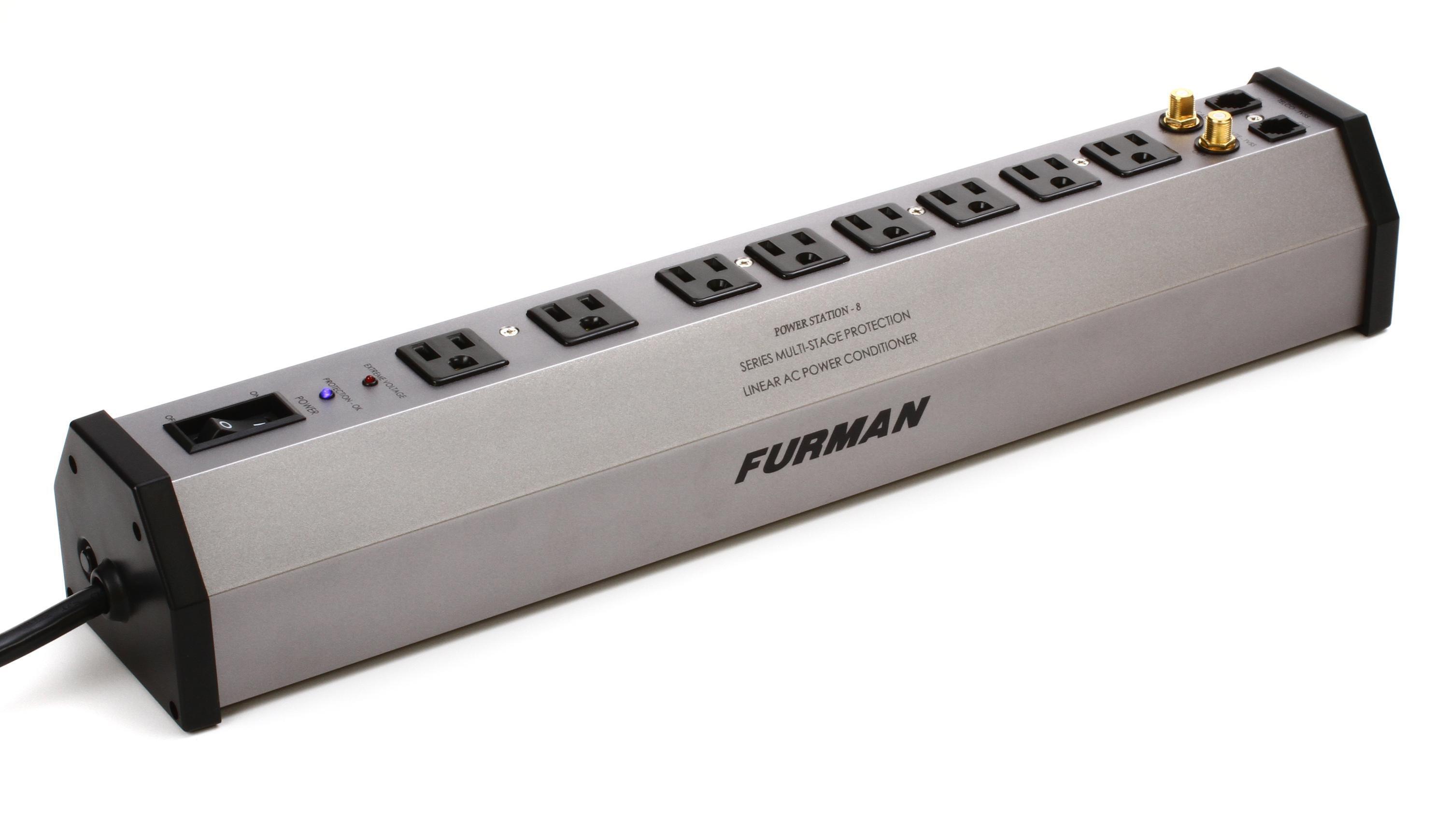Pancreas
Senior Member
- Joined
- Nov 2, 2022
- Messages
- 489
- Likes
- 98
- Thread Starter
- #61
All MOV's are problematic i.e. they are sacrificial and degrade with use. They divert the surge to the Neutral and Ground conductors so they don't really eliminate it. Once on the Neutral and Ground the surges have new lives and a chance to do more damage. For Furman, once the current Series Mode patents expire they may be able to "improve" their version of it (by copying the newer patents) and get rid of the MOV resulting in fewer if any returns.
if Furman uses the inductors for advanced series mode, wouldn't that mean their design would have to change?
It would have to in brick or rack mode, as it may not fit or work in the PST-8 strip size
So when these patents expire, the PST-8 may remain as is and they will come up with a new line of products advertising true serie mode
If the price of a PST8 is $200, it used to be $100 dont know how the hell they increase the price

Furman PST-8 8 Outlet Power Station
8-outlet Power Strip/Conditioner and Surge Protector
Then, their new line will cost just as much as Zero Surge or maybe slightly less
Last edited:
